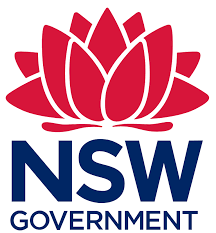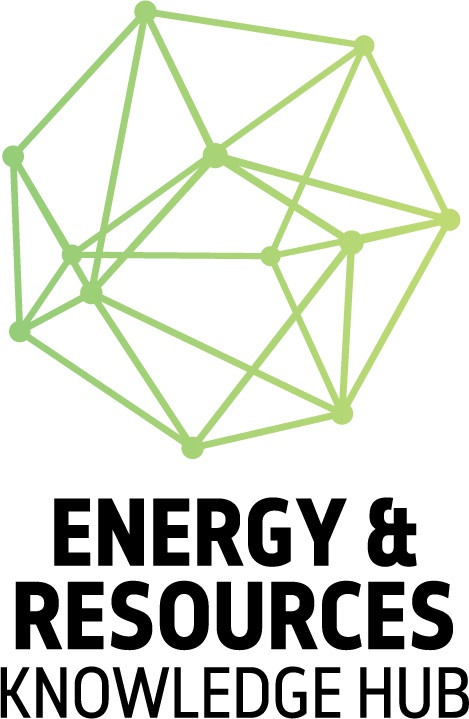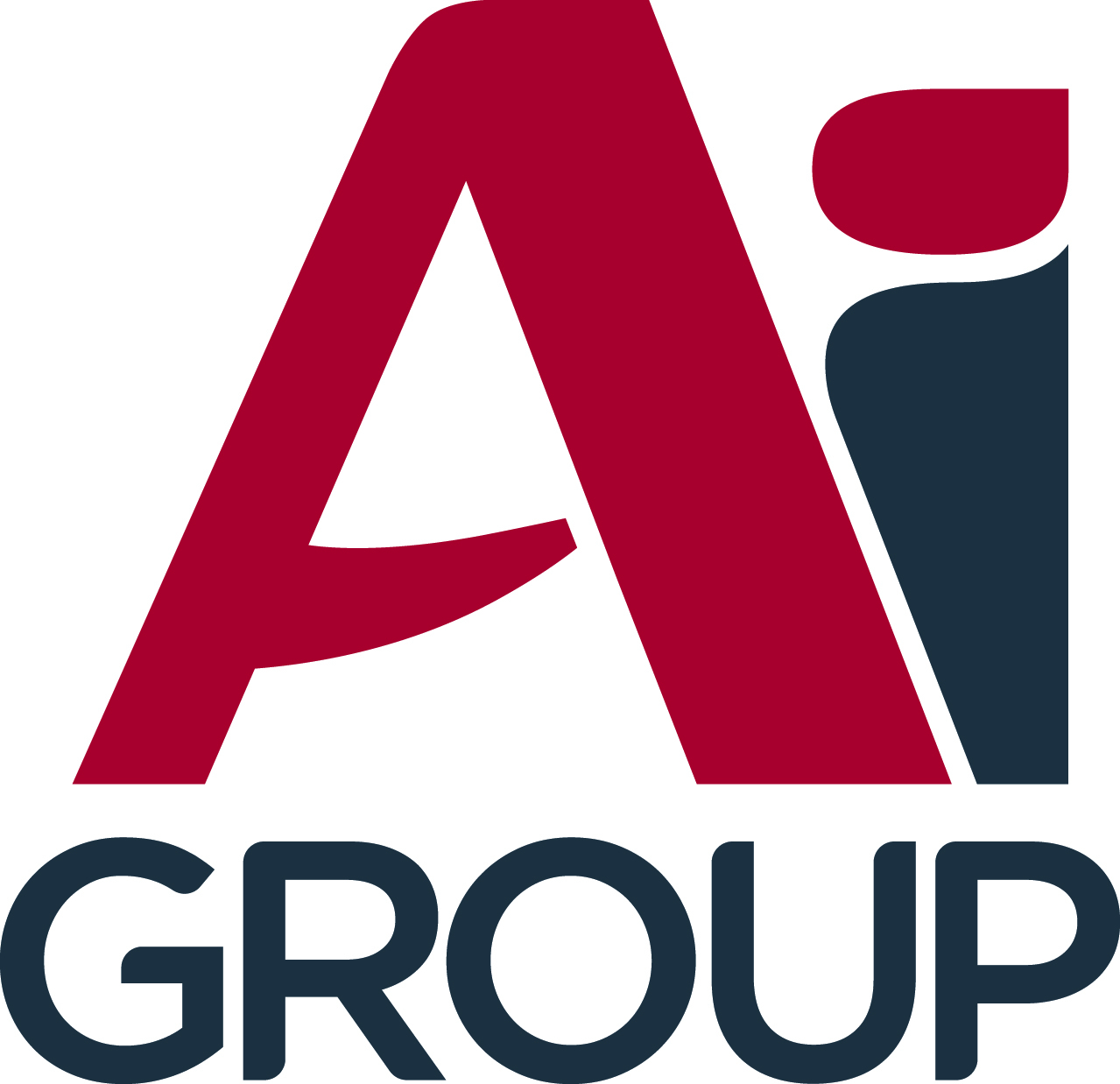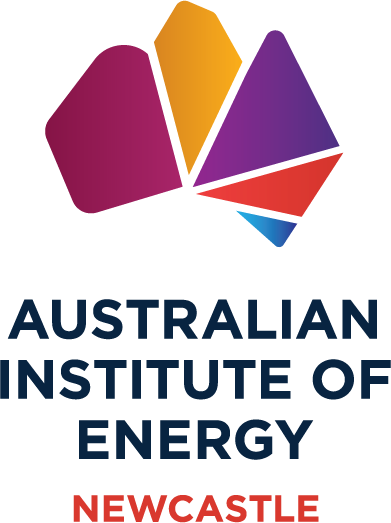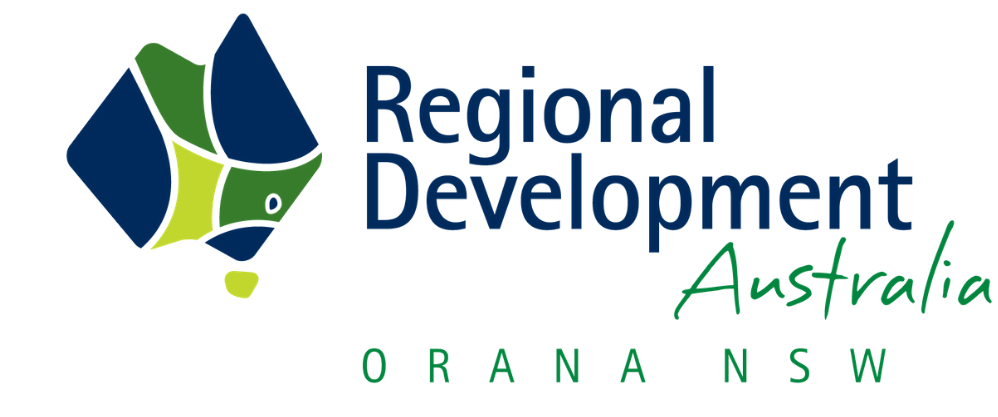EU-Australia Dialogue addresses financing challenges for the hydrogen economy
A recent discussion between experts from the European Union and Australia highlighted key challenges and potential solutions for financing the hydrogen economy, with a focus on mitigating risks to attract investment.
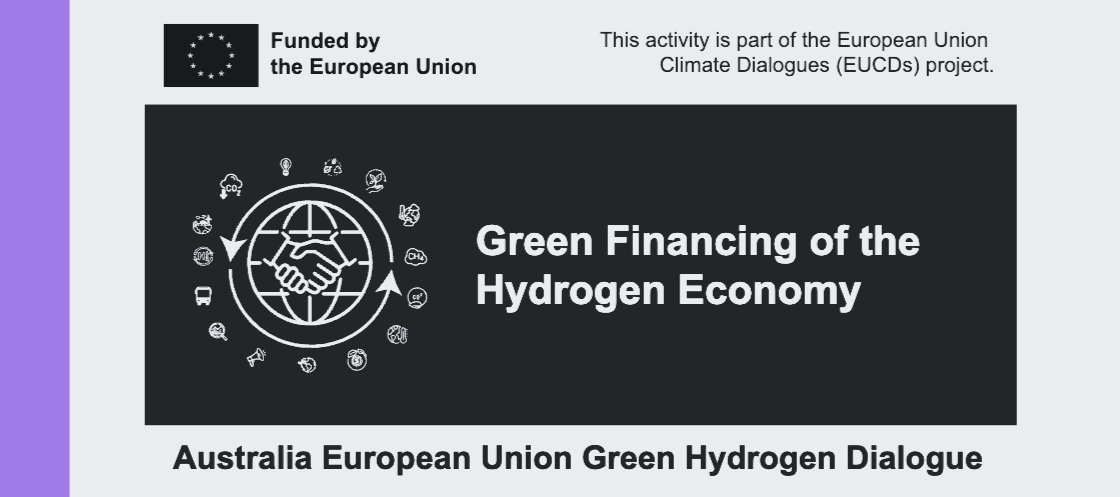
The Australia-EU Hydrogen Dialogue project aims to facilitate collaboration between Australian and European policymakers and industry stakeholders to advance the development, production, and trade of renewable hydrogen. Part of the European Union Climate Dialogues Project (EUCDs), it is funded by the European Union.
It seeks to deepen mutual understanding of hydrogen policy and technical domains, fostering further international cooperation and coordination.
Climate-KIC Australia, in collaboration with partners like the NSW Decarbonization Innovation Hub, GlobH2E, and the Institute for Sustainable Futures, coordinates the Australia-EU Hydrogen Dialogue project. Their responsibilities include project leadership, management, delivery of outputs, and securing EU stakeholder engagement and expert participation.
The second Dialogue in the Australia-EU Hydrogen Dialogue project took place recently, focused specifically on Green Financing of the Hydrogen Economy, with these speakers presenting from both jurisdictions:
- Johanna Schiele, Innovation Fund, DG Clima, European Commission
- Matt Walden, Partner, Climate and Sustainability, Deloitte
- Marie Espitalier-Noel, Manager, Funding and Financing, Hydrogen Europe
Key discussion outcomes included the following points.
Green hydrogen projects, ranging from small to export scale, face challenges in progressing to commercial decision (i.e., Final Investment Decision, FID) due to concerns about risk allocation. These risks are multifaceted and diverse, encompassing technology uncertainties, difficulties in securing stable and long-term offtake agreements, issues with land availability, and vulnerabilities in the supply chain affecting the timely and cost-effective deployment of projects.
To address these challenges, a coordinated national approach across supply chains is needed. This coordination is essential to identify and mitigate the diverse risks associated with green hydrogen projects and to overcome deployment challenges. Government support is deemed critical to the commercial viability of hydrogen projects. Initiatives such as the US Inflation Reduction Act (IRA), the EU Hydrogen Auction, the SIGHT Program in India, and Hydrogen HeadStart in Australia are necessary to support and balance both the supply and demand sides of the market.
Diverse sources of finance are essential for managing risk allocation and advancing green hydrogen projects. This includes the need for flexible, larger, and longer-term government investments, such as special investment funds dedicated to large-scale hydrogen projects. Additionally, the harmonization of sustainable finance taxonomies between the EU and Australia is crucial to facilitate further investments into hydrogen and derivative projects.
The introduction of the Carbon Border Adjustment Mechanism (CBAM) in the EU could trigger a movement towards higher environmental standards. To remain competitive, nations may need to adopt their own CBAM mechanisms, creating an international trade price signal that leverages and reinforces the EU CBAM. Additionally, there is a need to focus on technological advancement, specifically the progression of Technology Readiness Levels (TRL) across the supply chain, to meet the expectations of the hydrogen and other industries.




